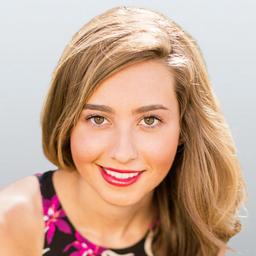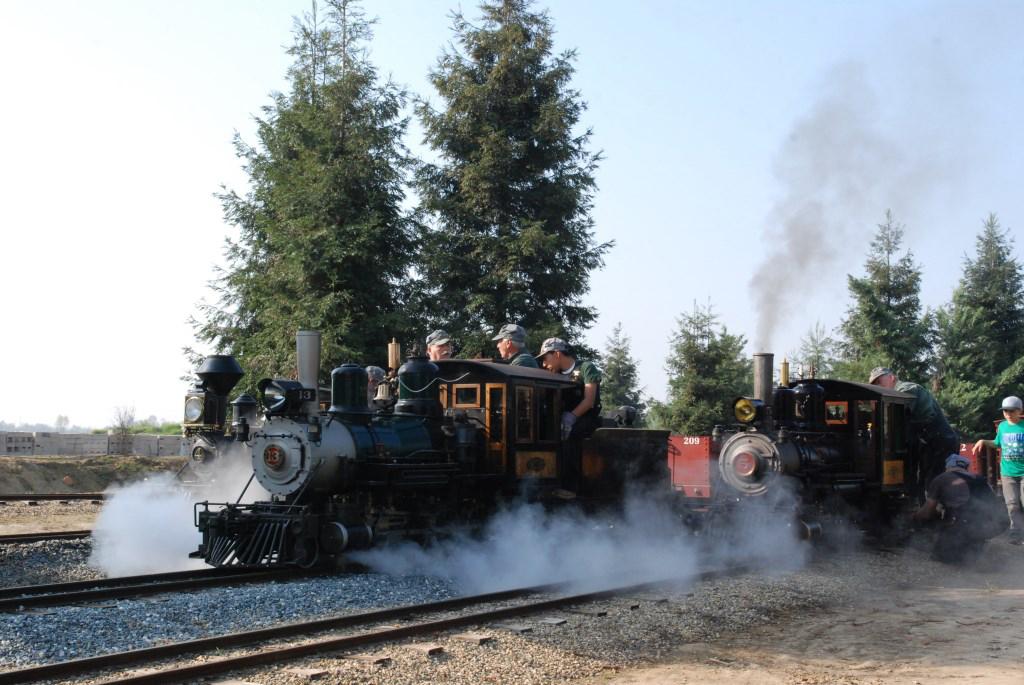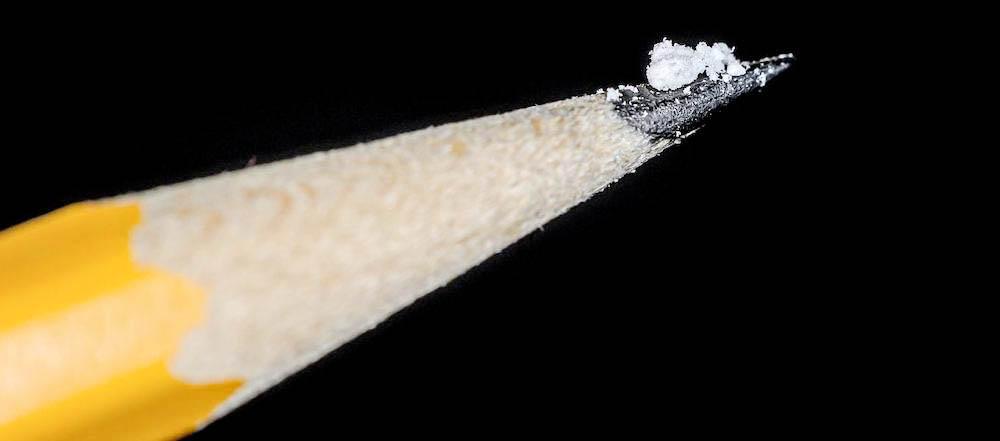As the cost of fighting wildfires has risen in California and nationwide over the past decade, authorities are focusing on prevention as a key part of their fire strategy.
Since 2014, wildfire suppression efforts have cost the U.S. Department of Agriculture’s Forest Service and the Department of the Interior more than $3 billion annually, according to the agencies.





